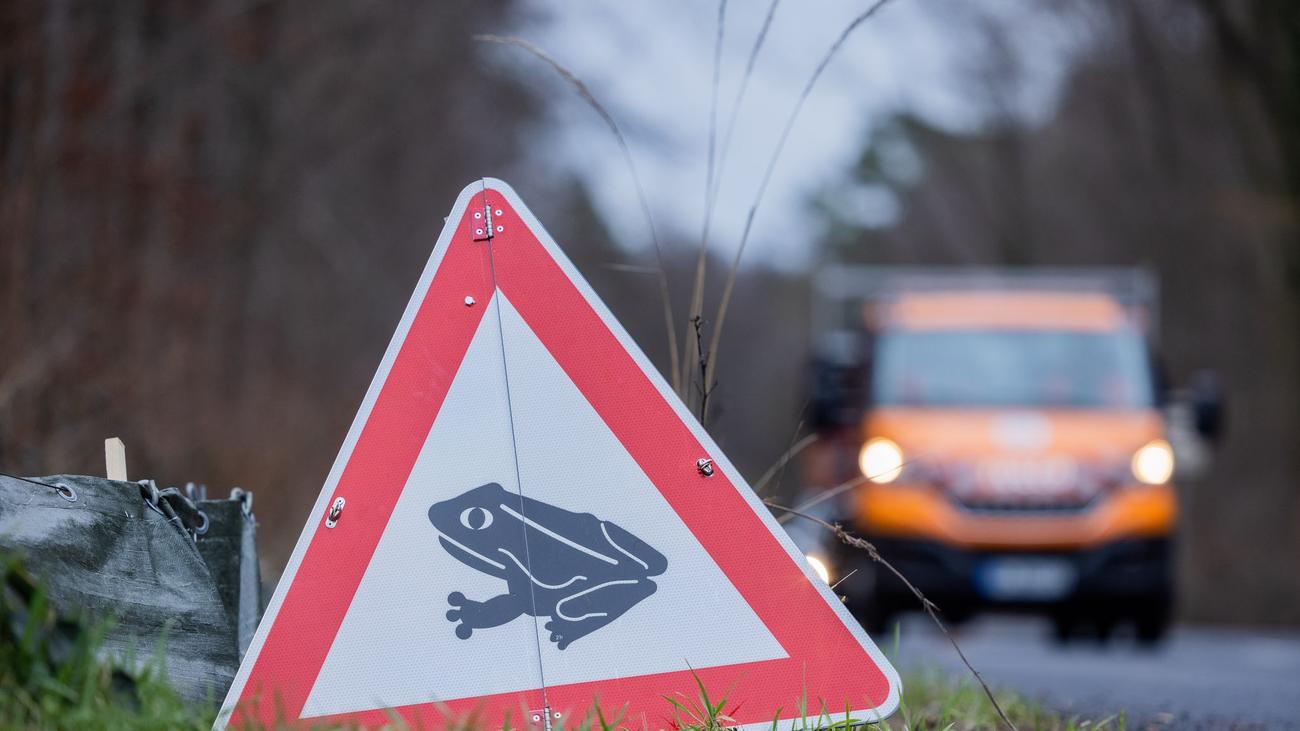
Amphibian Migration: NABU Appeals for Driver Cooperation as Temperatures Rise
Introduction
Spring’s arrival heralds the annual northward migration of amphibians such as toads, frogs, and salamanders. This phenomenon, triggered by warming temperatures, occurs as these creatures emerge from their winter hibernation to embark on a perilous journey to their breeding grounds.
Migration and Breeding
When nighttime temperatures consistently exceed 5°C, amphibians emerge from their winter havens and embark on their migration to their ancestral spawning grounds. Here, they engage in mating rituals and deposit their eggs, ensuring the continuation of their species.
Challenges Faced During Migration
The journey to the breeding grounds is fraught with challenges, particularly in areas where human activities have encroached upon their habitats. One significant threat is the presence of roads, which can fragment their natural corridors and pose a life-threatening hazard.
NABU’s Appeal for Driver Caution
The Naturschutzbund Deutschland (NABU), a leading German conservation organization, urges drivers to exercise caution on designated amphibian migration routes. By adhering to the recommended speed limit of 30 km/h, motorists can significantly reduce the number of road casualties among amphibians.
Consequences of Excessive Speed
Traveling at excessive speeds can have dire consequences for amphibians, even if they are not directly struck by vehicles. The high air pressure generated by speeding cars can cause the rupture of internal organs in frogs, toads, and salamanders or force them out through the mouth. These injuries lead to a painful and untimely demise.
Current Status of Migration
While isolated instances of amphibian migration have been observed, the large-scale movement is expected to occur later due to fluctuating and regionally varying temperatures.
Winter Hibernation and Temperature Impact
The recent cold spell has not adversely affected amphibians in hibernation. Conversely, lower temperatures promote deeper sleep and reduce energy expenditure. When winters are unusually warm, amphibians may face the risk of starvation during hibernation.
Conclusion
The annual amphibian migration is a critical event for these cherished creatures. NABU’s appeal for driver cooperation on designated migration routes is vital to ensure their safe passage and the preservation of these important species. By observing the speed limit, motorists can contribute to the protection of these extraordinary animals during their arduous journey to reproduce.
